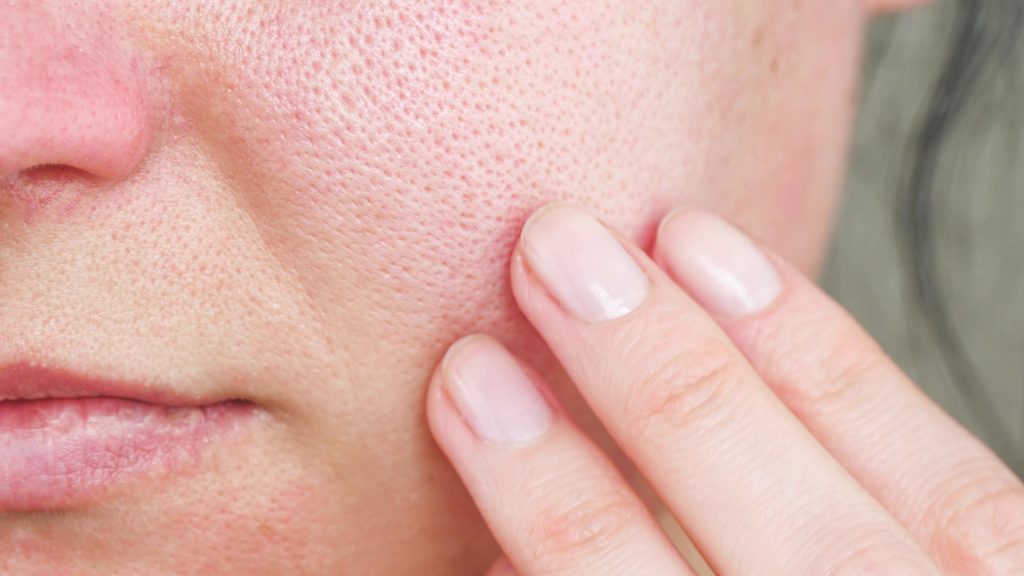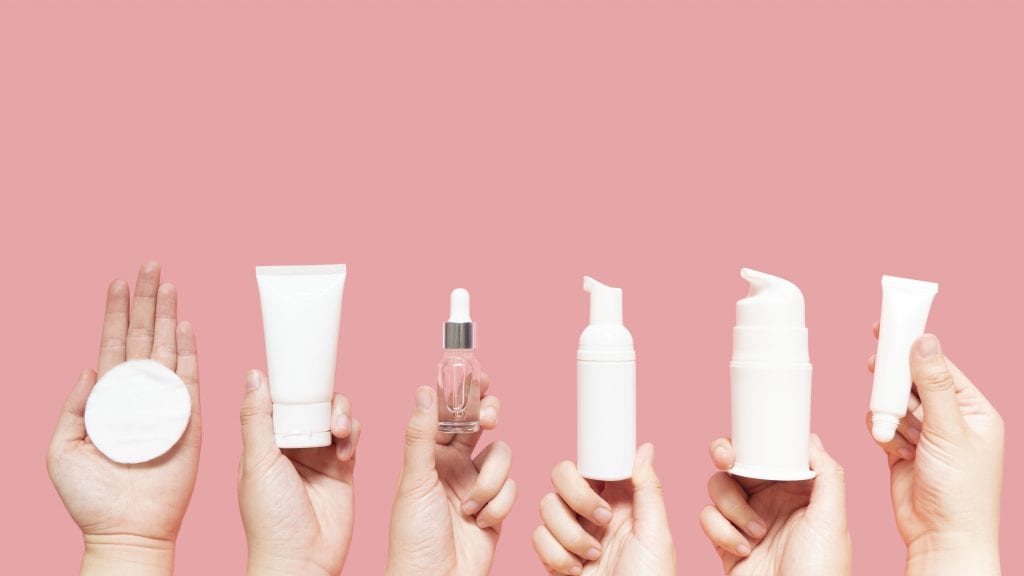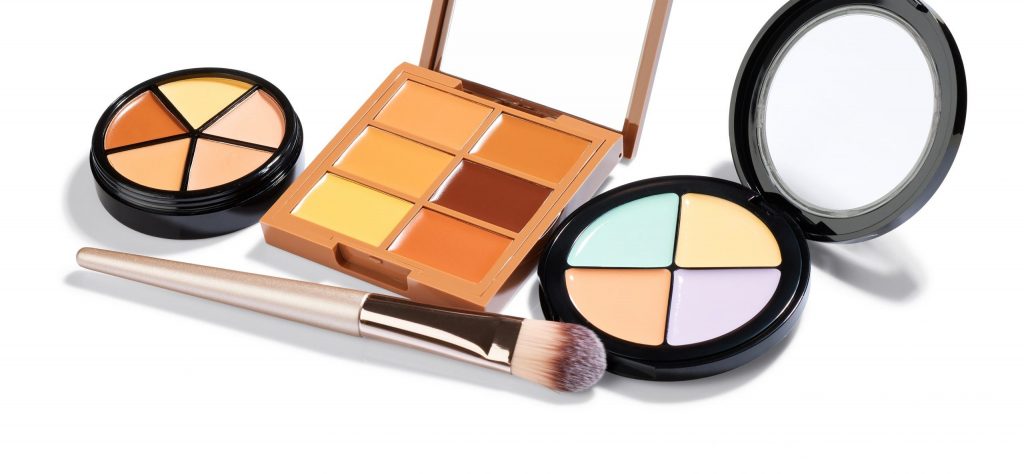Even though you might feel like everyone else has perfect skin, we promise they don’t! No one does. Not even the people on magazine covers.
While a little color on your cheeks is attractive, a lot of color is another story. Facial redness can be caused by a variety of different reasons. While redness can simply happen from your interactions with everyday things like spicy foods, extreme temperature swings, dry skin, caffeine or even stress, it can also be a sign of an underlying issue, such as an allergy, shingles or lupus.
Thankfully, after a little detective work, most of the time, it can be easily avoided or treated. Once you identify the root cause of skin redness, you might be able to avoid the trigger altogether or quickly remedy it by simply keeping the best color-correcting palette handy, or taking another easy step.

What Causes Skin Redness?
Skin redness can occur from everything from acne to seborrheic dermatitis to contact dermatitis. It might be hard to pinpoint exactly why your skin lights up each time, but certain steps can be taken to help lessen the possibility.
For starters, don’t overdo it on your skincare routine. Over-exfoliating is a key culprit of redness, especially in the face. Avoid physical exfoliants like facial scrubs made with harsh ingredients like walnut particles and keep your skincare routine simple and use hypoallergenic creams and detergents.
One of the most important things you can do to keep your skin healthy is to wear sunscreen. Not only will it help protect you from getting a sunburn, but it can also lessen the chance of the sun triggering common problems like dry skin, eczema and skin cancer.
Beware of other triggers. Rosacea and eczema sufferers may experience redness after drinking alcohol, exercising, using products with fragrance or taking a hot shower.

How to Combat Skin Redness
Try a redness-neutralizing cream or serum. Those with rosacea or another forms of red-toned discoloration can neutralize redness with a green-tinted moisturizer or serum.
Camouflage it with a special concealer. The best color-correcting palette will mask blemishes, under-eye circles and other skin imperfections. Sets can include just a few shades or several, but typically have variations of yellow, blue, green, pink and purple.
The color green, in particular, neutralizes the redness in your skin. Apply green concealer onto the most concentrated areas of redness and blend. A little can go a long way. Then follow with foundation and a light dusting of translucent powder.

If you’re shopping around for one, check out our selection of the best color-correcting palettes that have been vetted by a team of experts.
Opt for soothing ingredients. Reach for products that contain redness-reducing ingredients such as witch hazel, tiger grass, aloe, niacinamide and chamomile.
While skin redness can be annoying, it can be reduced by eliminating triggers and taking color-correcting measures, either with creams or concealers. Nearly everyone is prone to occasional bouts of redness. If all else fails, don’t hesitate to visit a dermatologist that does patch testing to help determine if it’s allergy related. They can prescribe anti-inflammatory creams or antibiotics, or recommend products that can help.
This story originally appeared on Don't Waste Your Money. Checkout Don't Waste Your Money for product reviews and other great ideas to save and make money.


